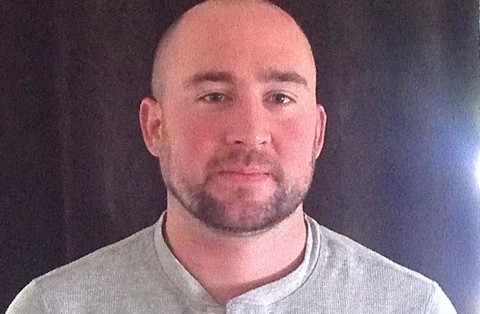Keloid Scars, How They Happen and What You Can Do About Them
Keloid scarring is scarring that occurs after an injury, surgery or other type of trauma to the skin. The scar tends to grow quite large – larger than the original skin injury. Scarring protrudes above the skin’s surface and may become prominent. Because of this, keloid scars are often a significant cosmetic embarrassment, even when they don’t cause any physical discomfort. The impact is greater on keloid scars that form in visible areas like the face or earlobe.
What are Keloids?
When the skin suffers trauma through injury, surgery or body piercing, scarring is the body’s response to help the skin heal. Collagen builds up around the injury to help seal the wound over and protect it from further injury or infection. When collagen buildup becomes excessive, keloid scarring can be the result.
The abnormal scar tissue that makes up keloids may grow slowly over time. In some cases, it might take months or even a year or longer for the keloid to develop to its full size. Signs that you have a keloid scar might include:
- A scar that is red, pink or flesh-colored
- Scar has a lumpy or ridged appearance
- The scar is located over the injury but extends beyond the boundaries of the injury
- The scar may become tender or itchy, particularly if it rubs against skin or clothing
Keloids occur in around 10-15 percent of all scars that form. The most common locations for keloids include the chest, back, shoulder, and neck. However, keloids can appear on nearly any area of the body. They rarely develop on the face but can occur around the jawline or earlobe.
Causes of Keloid Scars
Keloids can occur after any type of skin injury, but there are some injuries that are more prone to keloid scarring than others. These include scars from:
- Acne
- Chickenpox
- Burns
- Scratches
- Ear and body piercings
- Surgical incisions
- Vaccination sites
While keloid scarring occurs in both men and women at about the same rate, people with darker skin tones tend to be more prone to this condition. There may also be a genetic link, which means if you have a parent with keloid scarring, you may be more apt to develop a keloid as well.
Treatment Options
There are many different ways to treat keloid scars, depending on their size and where they are located. Typically, we begin treatment with the least invasive options and move to other treatments if the initial procedures are not effective. Treatments might include:
- Corticosteroid injections to reduce inflammation
- Silicone-based gels and patches that are placed over the scar
- Topical products that keep the scar soft
- Cryotherapy (freezing the scars off)
- Laser procedures to remove scars
- Surgical excision of the scars
Keloid scars can be tricky to eliminate completely because they don’t always respond well to treatment, and even if they are removed, they can return. In the most challenging cases, the physicians at The Institute for Advanced Reconstruction may combine surgical excision with a low dose of radiation therapy to completely eliminate the scar and keep it from returning.
If you are struggling with keloid scarring, the staff at The Institute for Advanced Reconstruction can help. Our team of plastic and reconstructive surgeons are experienced in dealing with this type of scarring and can offer you a variety of treatment options until we find the one that works best for you. To learn more about treating keloid scarring, contact our office today!


